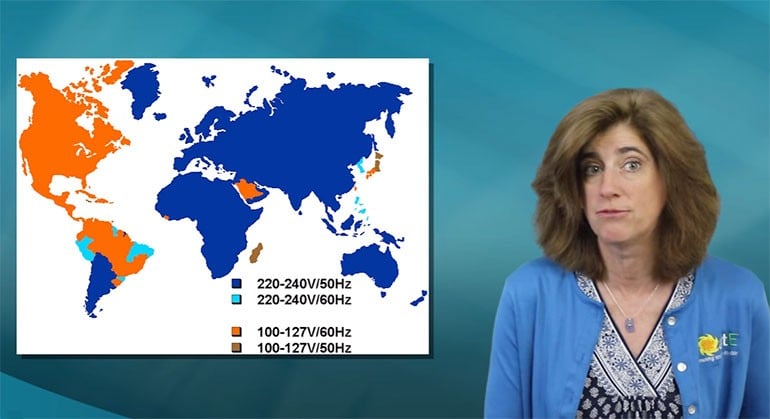I am also in So Cal and have added storage to my system. We have not had many "Public Safety Power Shutoff" events here, but they keep threatening them and I want to be ready before it becomes bad. I did choose a larger 6,800 watt inverter that could run my A/C if I need to but I currently don't plan on moving the A/C to my critical loads panel. I only have 17 KWH of lithium battery and just under 4,000 watts of AC coupled Enphase solar. With the base programming in the Schneider XW-Pro battery inverter, it "Should" be able to do the backup mode quite well. I have not done a power cut test yet as I have not moved all my critical loads over yet. When my solar was installed, they moved all the breakers around, and didn't bother to correct the labels. So I have a circuit hunt on my hands. If we have a power cut, I can move them fairly quick as it will be easy to find while the power is off.
The main problem with the software on AC coupled setups is if you run the battery too low, they have to shut off the inverter, and if that happens, then the solar can't function. For AC coupled to work, the battery needs to form the grid. There are a few different ways to handle this.
The best way is to have enough battery that it should not be a problem. If you want to run whole home A/C, that is a ton of battery. But for my limited "essential loads" I think I will be fine.
The next step is having a load dump system. I may add this later to mine. Basically, if the battery falls below a certain threshold it will cut power to some less essential loads. The idea being, that the remaining battery should run the small load left and have some left to fire up the solar the next day. Obviously, the first thing to go would be the whole house A/C.
My initial system is just going to have the battery state of charge cut set up at about 40% remaining. This will shut off the inverter and I will lose power if I use too much. But I will have plenty left for when I need to get running again. Bu to do that, I will need to go in with a battery powered laptop and change the cutoff setting lower to bring the inverter back online and get the solar running to charge it back up. This is not ideal and a dead laptop battery could make it a serious pain. The PLC that I am programming for managing the inverter settings will be able to do this change as well, so I will program that to a button by the inverter, and the PLC will be able to run off the battery bank.
As much as people want to go on running everything when there is a power failure, I just don't think it is cost effective now. Batteries with enough storage and a powerful enough inverter do get very expensive. I can see it working with an auto start generator, but that adds another layer of comlpexity as well. I do have a generator, but it is a manual changeover and start. If I do have an issue with my battery getting too low, I can fire it up and charge quite fast with 5,000 watts. But I have to have my solar isolated when the generator is on. They can't feed into each other. But at that power level, I could get enough into the battery in 20 minutes to then fire up the inverter and let the solar take over again.
Every situation is unique, and what people think is "Essential" to keep running is different for different people. To design a system for your needs, you really need to take account of what you need to run and how much power and energy that will take to decide how much needs to be battery, how much solar it will take to keep it alive, and how much generator if there is not enough sun.
To the original poster...
12 KW is a lot of solar. I don't know of any single battery inverter that could take all of that in AC coupled mode. 2 or 3 units ganged might work. Or split it and do two separate systems. A larger one that can do the A/C etc., but then a smaller setup for the truly critical loads. What inverter(s) are being used in the original solar power setup with 35 panels? What is your normal daily production? What is your usage from the utility? To backup the whole house, you are basically making an off grid system with the grid as a backup. Try using the off grid design calculator at the AltE Store.
Interested in designing an off-grid solar system? altE's Solar Queen has 6 steps to get you started.

www.altestore.com





